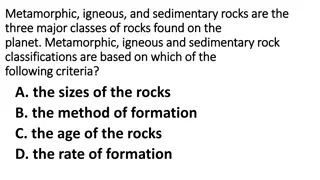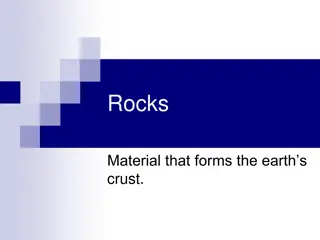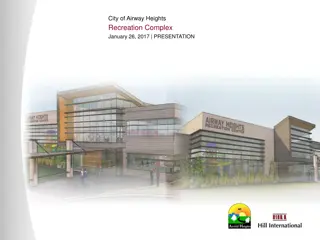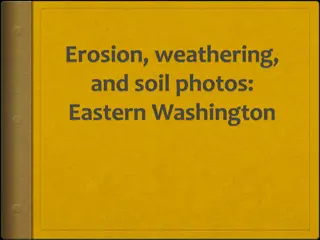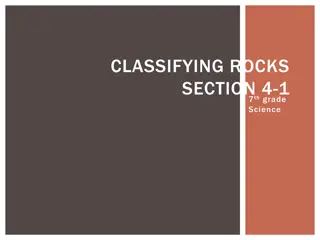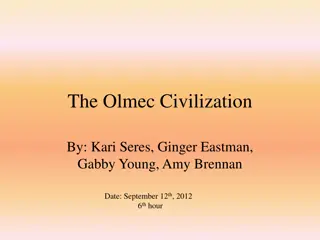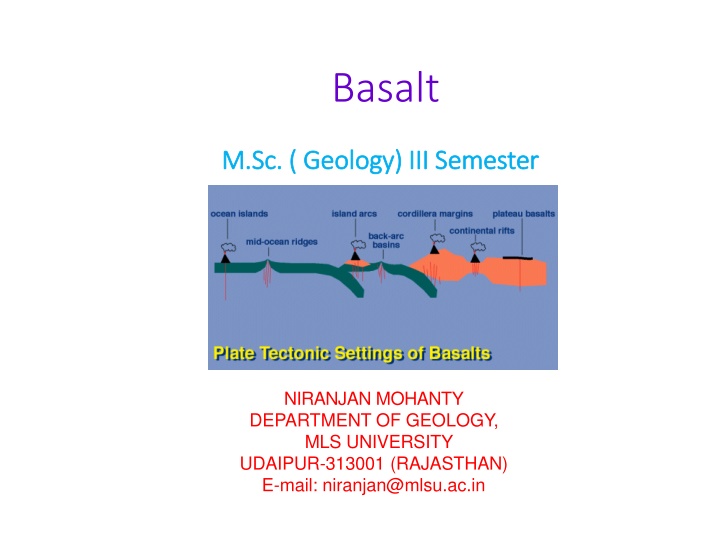
Basalt: Magmatism, Tectonic Environments, and Geochemistry
Explore the world of basalt through the lens of magmatism, tectonic environments, and geochemistry. Learn about the distinctions between alkali and tholeiitic basalts, the role of plate tectonics in basalt formation, and the significance of major and trace elements in reconstructing paleotectonic settings. Delve into the diverse magma series of tholeiites, calc-alkaline, and alkaline basalts. Gain insights into the tectonic settings of basalts, including mid-oceanic ridge systems and mantle source regions for MORB magmas. Uncover the compositional variations and classifications of basalts in different tectonic environments.
Download Presentation

Please find below an Image/Link to download the presentation.
The content on the website is provided AS IS for your information and personal use only. It may not be sold, licensed, or shared on other websites without obtaining consent from the author. If you encounter any issues during the download, it is possible that the publisher has removed the file from their server.
You are allowed to download the files provided on this website for personal or commercial use, subject to the condition that they are used lawfully. All files are the property of their respective owners.
The content on the website is provided AS IS for your information and personal use only. It may not be sold, licensed, or shared on other websites without obtaining consent from the author.
E N D
Presentation Transcript
Basalt M.Sc. ( Geology) M.Sc. ( Geology) III III Semester Semester NIRANJAN MOHANTY DEPARTMENT OF GEOLOGY, MLS UNIVERSITY UDAIPUR-313001 (RAJASTHAN) E-mail: niranjan@mlsu.ac.in
Alkali vs Tholeiitic basalts Alkali vs Tholeiitic basalts Tholeiites Alkaline basalts Olivine Present as phenocrystal phase only Absent Both as phenocryst & as groundmass K-Feldspar Minor phase in groundmass Plagioclase Abundant calcic variety (labradorite) Abundant (labradorite to andesine) Pyroxene Augite/subcalcic augite as phenocryst. Titanifeorus augite Opaque oxide minerals titanomagnetite Titanomagnetite with ilmenite Nodules Peridotite nodules absent Occasionally present Vesicles Silica mineral Analcite or zeolite fillings
BASALT MAGMATISM IN RELATION TO PLATE TECTONIC ENVIRONMENTS BASALT MAGMATISM IN RELATION TO PLATE TECTONIC ENVIRONMENTS Basalts are UNIVERSAL and are found in almost every tectonic environment. Based on major element & trace element discriminations, basalt geochemistry can be used to RECONSTRUCT palaeotectonic settings. Such re-constructions strictly apply to Phanerozoic settings only even though the operation of plate tectonics in Precambrian times is now better understood. Three major magma series are recognized & have distinct distribution when considered in terms of plate tectonics: Tholeiites Calc-alkaline Alkaline
Some salient points on basalt tectonic settings Some salient points on basalt tectonic settings 1. compared to those in convergent margins or in continental plate settings. 2. MORB s are purest basalts and are least modified & have restricted range of composition (e.g. SiO2 = 50.19-50.93 wt%), MgO (7.10-7.69 wt%) & uniformly low K2O content (0.14-0.17 wt5). 3. MORBs are classified into three types: N-MORB (depleted normal MORB) P-MORB (enriched plume MORB) T-MORB (transitional MORB) First two members are principal end members and the third one is intermediate. There is compositional gradation between them. Tholeiites of Divergent margins are very poor in K
N N- -MORB vs E MORB vs E- -MORB MORB Incompatible-rich and incompatible-poor mantle source regions for MORB magmas N-MORB (normal MORB) taps the depleted upper mantle source Mg# > 65: K2O < 0.10 TiO2 < 1.0 E-MORB (enriched MORB, also called P-MORB for plume) taps the (deeper) fertile mantle Mg# > 65: K2O > 0.10 TiO2 > 1.0
REE diagram for N REE diagram for N- -MORB & E MORB & E- -MORB MORB
N N- -MORB vs E MORB vs E- -MORB MORB E-MORBs (squares) enriched over N-MORBs (red triangles): regardless of Mg# Lack of distinct break suggests three MORB types E-MORBs La/Sm > 1.8 N-MORBs La/Sm < 0.7 T-MORBs (transitional) intermediate values
Possible Parents of Basalt magma 1. pressure metamorphic equivalent of basalts. 2. Peridotite melting: nodules brought up by basalt are peridotitic in composition. 3. Mantle plumes as sources of basalt. Melting of Eclogite : same range of composition as basalt; high
Lherzolite as a possible source for Basalt genesis Lherzolite as a possible source for Basalt genesis Tholeiitic basalt 15 Types of peridotites: Lherzolite is probably fertile unaltered mantle 10 Dunite and harzburgite are refractory residuum after basalt has been extracted by partial melting 5 Lherzolite Harzburgite Residuum Dunite 0 0.8 0.4 0.6 0.2 0.0 Wt.% TiO2
What is a Lherzolite? Lherzolite: A type of peridotite with Olivine > Opx + Cpx Olivine Dunite 90 Peridotites Lherzolite 40 Pyroxenites Olivine Websterite Orthopyroxenite 10 Websterite 10 Clinopyroxenite Orthopyroxene Clinopyroxene After IUGS
Phase diagram for aluminous 4-phase lherzolite Al-phase = Plagioclase shallow (< 50 km) Spinel 50-80 km Garnet 80-400 km Si VI coord. > 400 km Phase diagram of aluminous lherzolite with melting interval (gray), sub-solidus reactions, and geothermal gradient.
Experiments on melting enriched vs. depleted mantle samples: Experiments on melting enriched vs. depleted mantle samples: 1. Depleted Mantle Tholeiite easily created by 10-30% partial melting Tholeiites are more silica saturated at lower pressures Grades toward alkalic at higher Pressures Results of partial melting experiments on depleted lherzolites. Dashed lines are contours representing percent partial melt produced. Strongly curved lines are contours of the normative olivine content of the melt. Opx out and Cpx out represent the degree of melting at which these phases are completely consumed in the melt.
Experiments on melting enriched vs. depleted mantle samples: Experiments on melting enriched vs. depleted mantle samples: 2. Enriched Mantle Tholeiites extend to higher Pressures than for DM Alkali basalts are generated by 5-20% partial melting of fertile lherzolite Conclusion: Increased alkalinity correlates with lower percentages of partial melting & greater depths Generation of alkaline basalts from a depleted mantle is difficult Results of partial melting experiments on fertile lherzolites. Dashed lines are contours representing percent partial melt produced. Strongly curved lines are contours of the normative olivine content of the melt. Opx out and Cpx out represent the degree of melting at which these phases are completely consumed in the melt. The shaded area represents the conditions required for the generation of alkaline basaltic magmas.
Spilites Spilites These are basic lavas in which plagioclase is albite instead of normal labradorite and in which chlorite partially or completely takes place of normal ferromagnesian minerals. They typically occur as submarine lava flows, often as pillow lavas. The pillows are typically zoned with margin and core differing in composition. Margins are glassy (devitrified). Vesicles are abundant & filled with chlorite & calcite. No dykes of sills of spilites are known . They are restricted in their distribution & are mostly found in pre-orogenic sediments of orogenic belts. Recent spilites are found in Mid-Atlantic Ridge & in Indian ocean.

